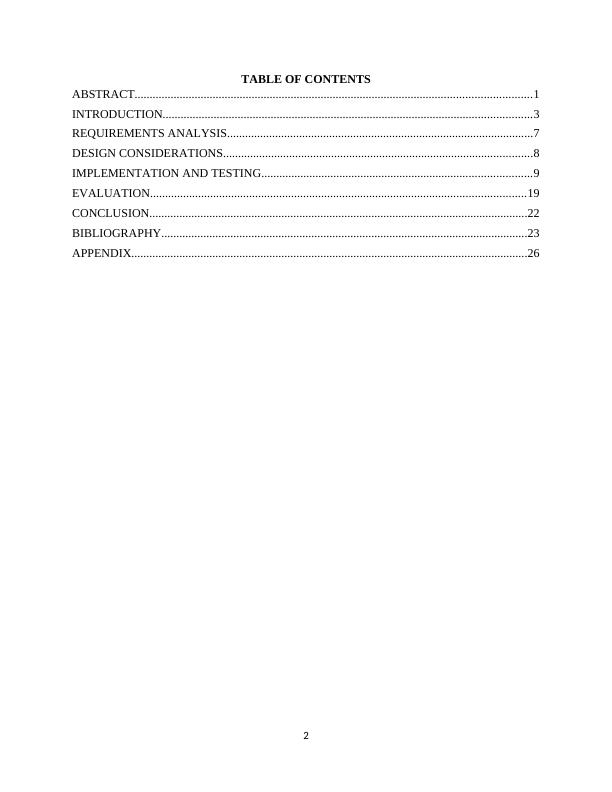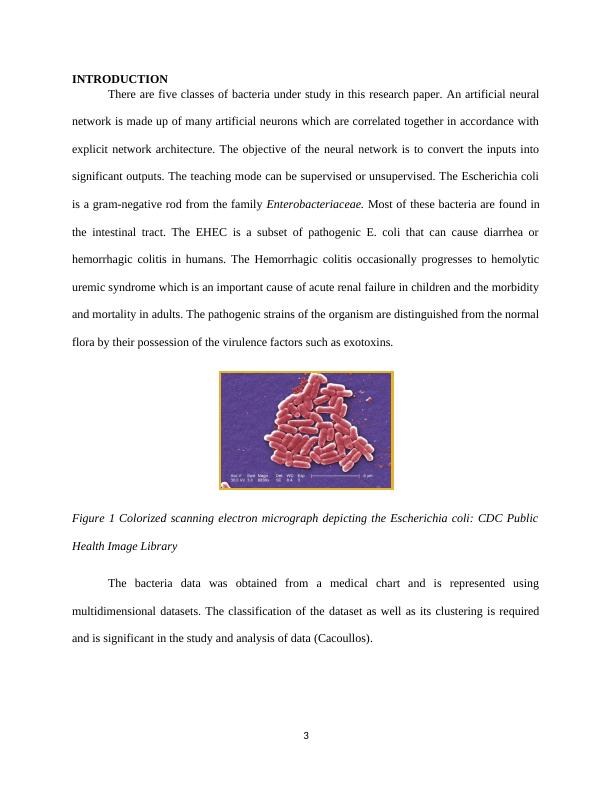Data Classification Using Neural Networks for Bacteria Analysis
29 Pages5485 Words454 Views
Added on 2023-06-13
About This Document
This paper seeks to perform classification of bacteria data obtained from the lab experiment carried out using the classification learner application of the MATLAB r2017a software. The training using different inputs improves the performance of the classifier ensuring that the data set on the bacteria electrochemical reaction is as close as possible to the set targets. The results and analysis or evaluation section captures the results on the errors encountered plotted in histogram, performance scales, confusion figures and ROC.
Data Classification Using Neural Networks for Bacteria Analysis
Added on 2023-06-13
ShareRelated Documents
End of preview
Want to access all the pages? Upload your documents or become a member.
Speech Recognition Using Shallow Neural Network Classification
|21
|1260
|11
SIT717 – Enterprise Business Intelligence | Supervised Learning
|22
|5751
|79
Paired Facial Matching With Age and Gender Prediction | Report
|8
|2417
|9
Software Engineering Methodology
|8
|2053
|11
Business Information Systems: Characteristics, Significance, and Opportunities
|12
|3654
|32






